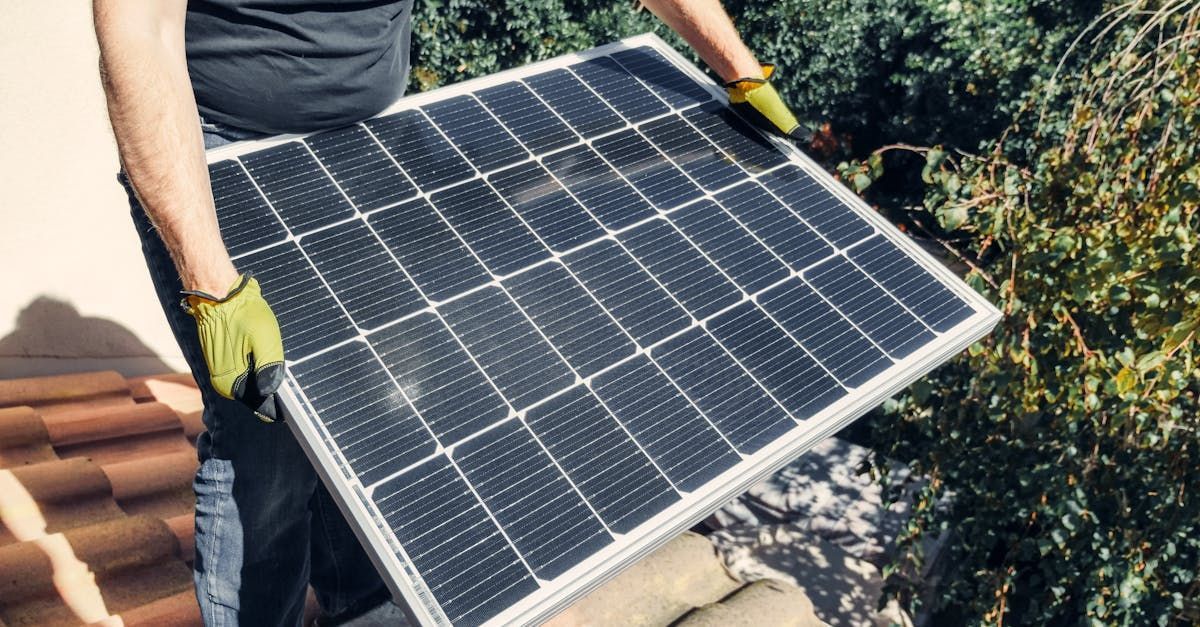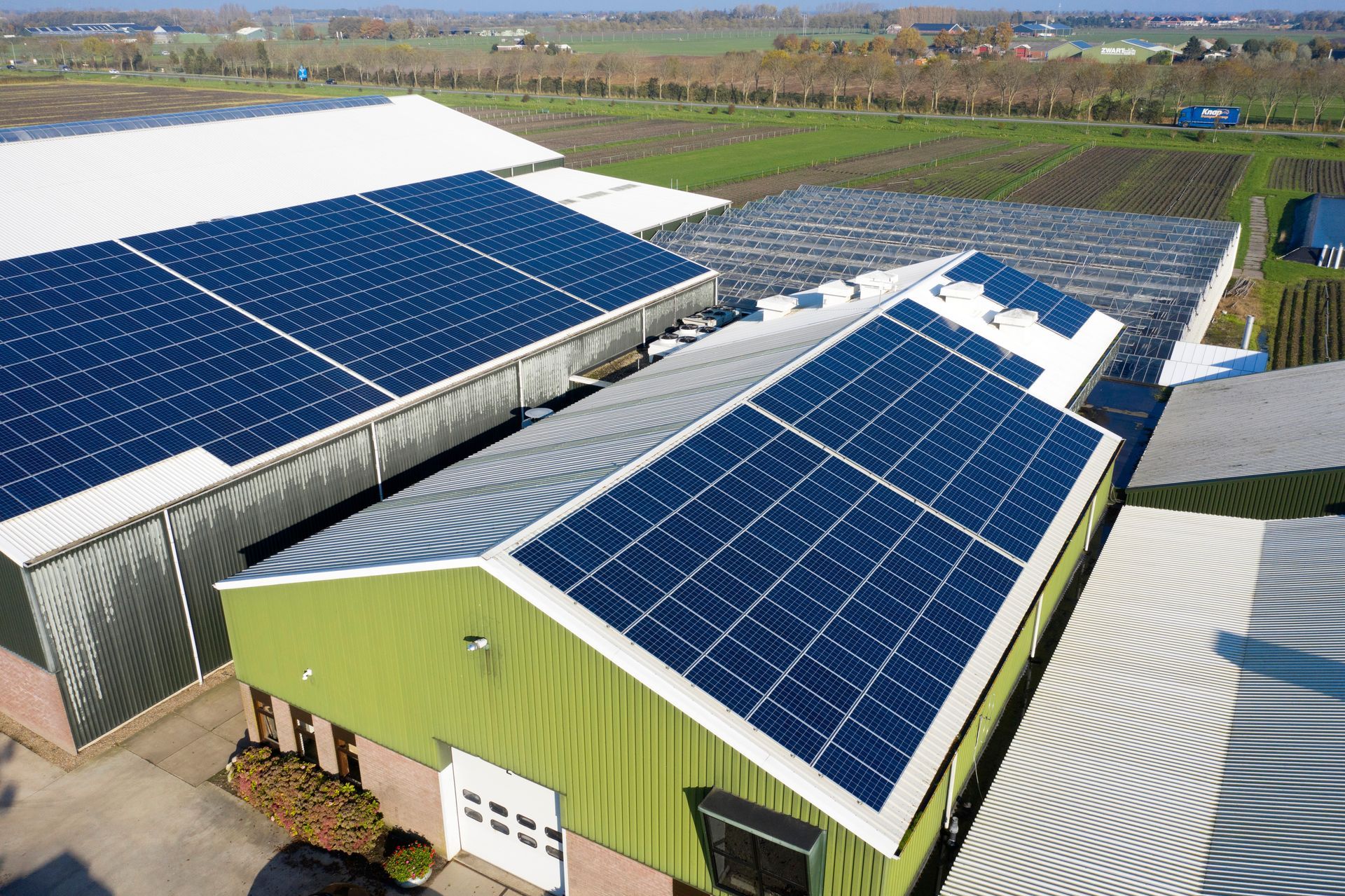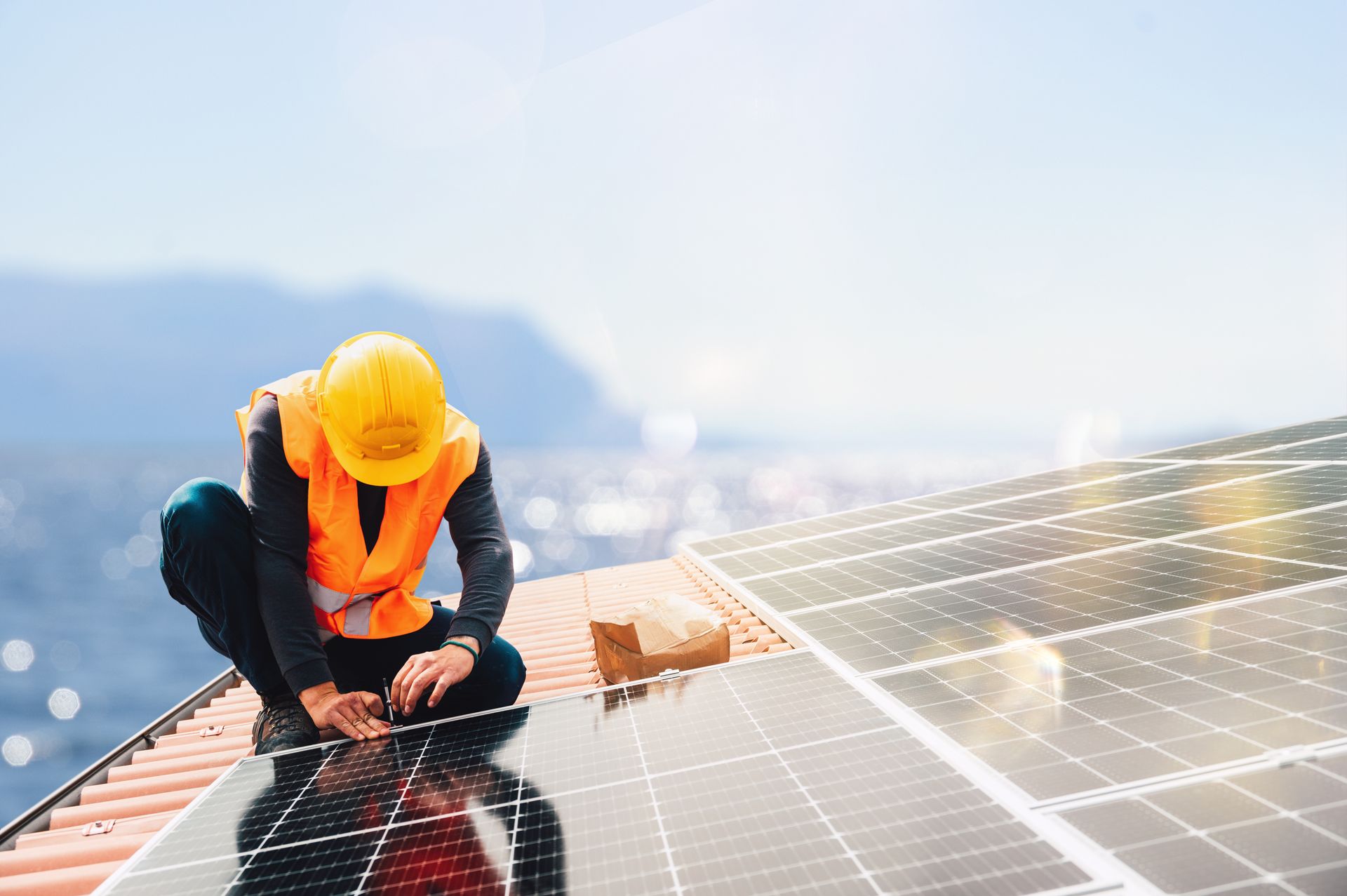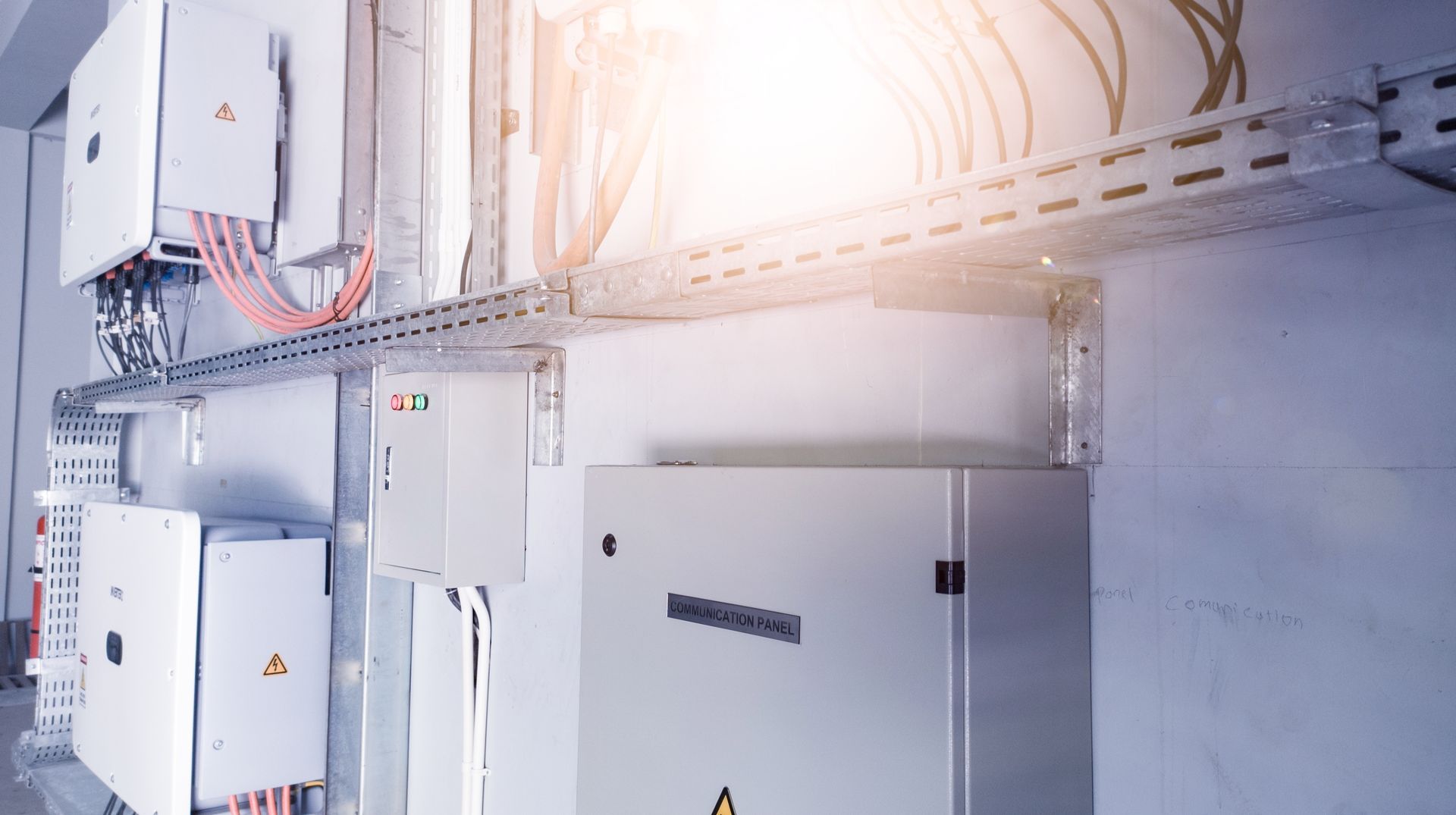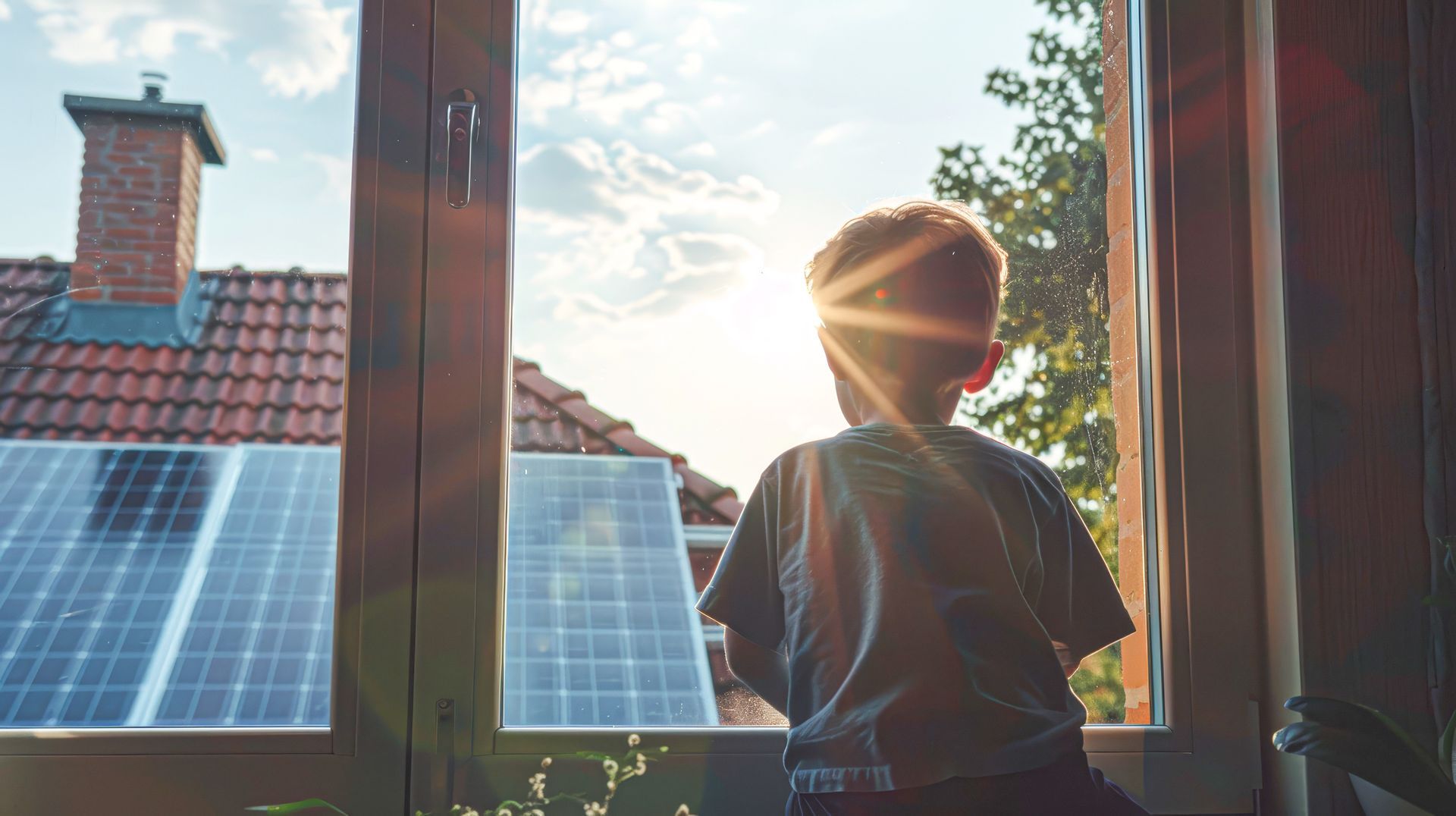What are the benefits of commercial Solar PV systems?
Commercial Solar Photovoltaic (PV) systems, or commercial solar panels, use solar cells to convert sunlight into electricity and are installed on commercial buildings, industrial facilities, and other non-residential structures to generate clean and renewable energy, reduce electricity bills, and contribute to environmental sustainability. They offer a practical and environmentally friendly solution for businesses looking to reduce energy costs, enhance their sustainability efforts, and contribute to a cleaner energy future.
They have a host of benefits, such as:
- Cost Savings: Solar energy can significantly reduce electricity bills, especially for businesses with high energy consumption.
- Environmental Impact: Solar energy is a clean and renewable source of power, reducing greenhouse gas emissions and dependence on fossil fuels.
- Marketing and Reputation: Adopting solar energy demonstrates a commitment to sustainability, which can enhance a company's reputation and attract environmentally conscious customers.
- Financial Incentives: Many regions offer incentives such as tax credits, rebates, and grants to encourage the adoption of solar energy.
- Long-Term Investment: Commercial solar PV systems have a long lifespan and can provide a stable source of electricity for decades.
- Integration with Energy Management: Many commercial solar PV systems can be integrated with energy management systems, allowing businesses to optimize energy usage, storage, and distribution.
What are the Components of Commercial Solar PV Systems?
Like domestic Solar PV systems, commercial Solar PV systems also have different components that form the whole system. These include:
- Solar panels are the heart of the system, comprising an array of solar cells that capture sunlight and convert it into electricity.
- Inverters convert direct current (DC) electricity generated by the solar panels into alternating current (AC) electricity, which is suitable for use in commercial buildings and the electrical grid.
- The Mounting System secures the solar panels to the roof or ground, optimizing their angle and orientation to maximize sunlight exposure.
- Wiring and Electrical Components are used to connect the solar panels, inverter, and other system components to ensure proper electrical flow.
- The Monitoring and Control System allows users to monitor the system's performance, track energy production, and identify any issues.
- System design considers shading, panel orientation, and tilt angles to maximize energy production.
The size of a commercial solar PV system depends on various factors, such as energy consumption, available space, and budget.
What are some of the considerations before installing Commercial Solar PV?
- Site Assessment: This means evaluating the site's solar potential, shading, roof condition, and structural integrity to determine the optimal system design.
- Energy Consumption: Analysing the business's energy usage patterns to determine the appropriate system size and estimate potential savings.
- Financing Options: There are various financing options that businesses can choose from, including outright purchase, leasing, power purchase agreements (PPAs), and solar loans.
- Permits and Regulations: Ensuring compliance with local building codes, zoning regulations, and utility interconnection requirements.
- Monitoring and Maintenance: Regularly monitoring the system and maintenance, including cleaning the panels, and checking system performance, helps ensure the system operates efficiently.
As the UK heads towards a Net Zero future, there is no doubt that businesses will have to invest in clean and renewable energy. Solar Photovoltaic systems are a surefire way of achieving this.
You can trust our free no-obligation survey and quotation to ensure you get the best value for your investment.


